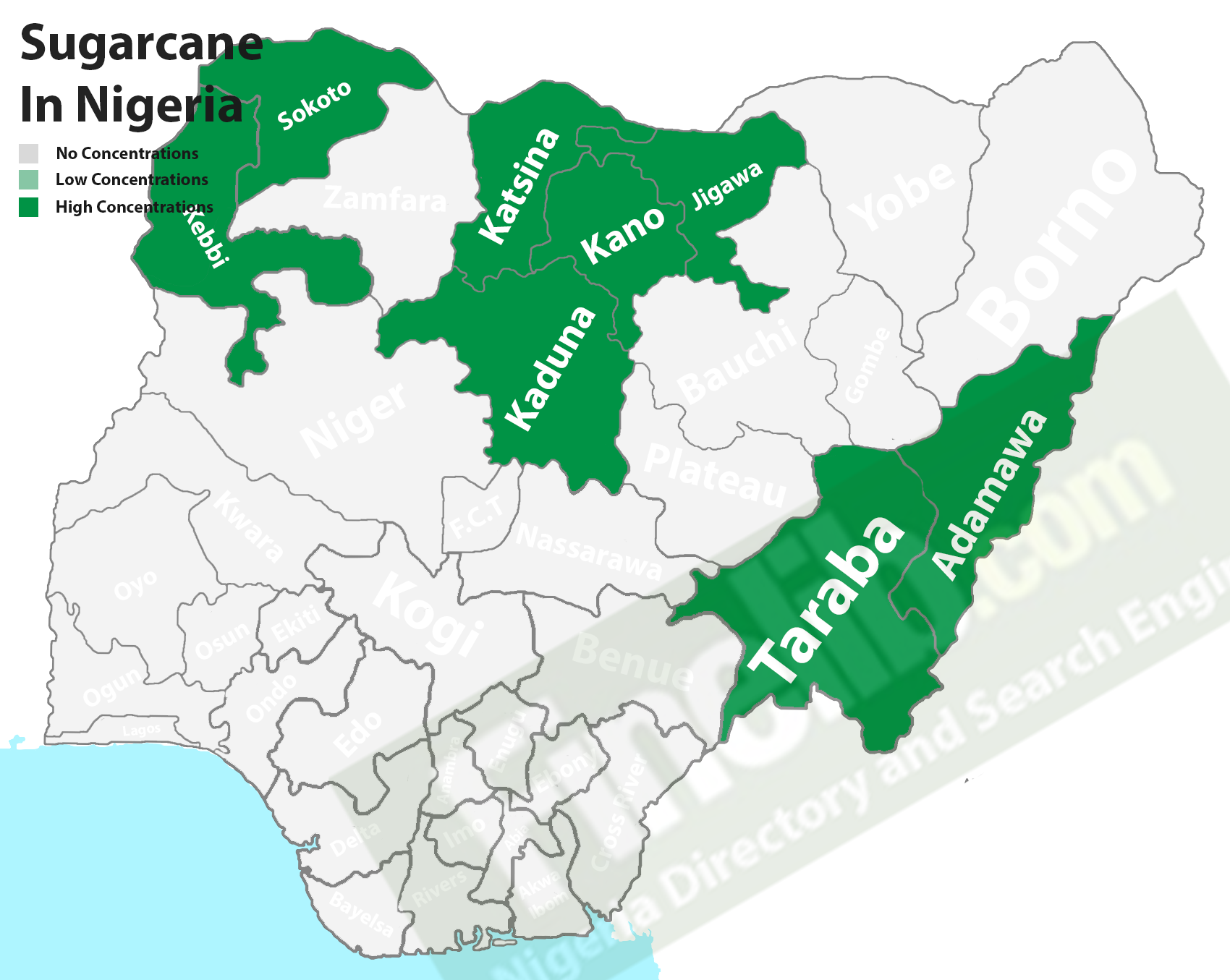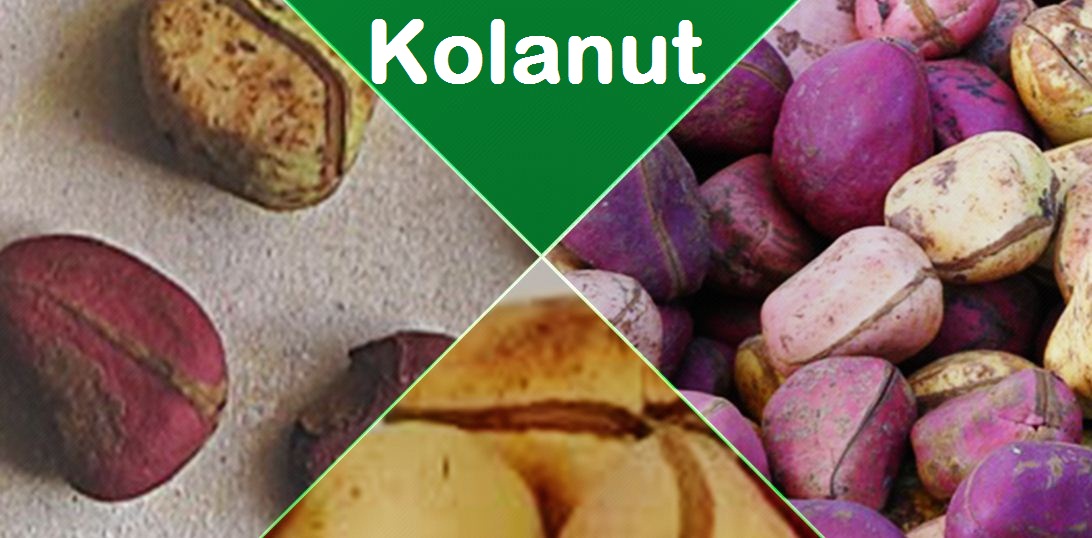Sugarcane Production And The States That Grows It In Nigeria

In some West African countries like Nigeria, Sugarcane can be cultivated almost in all the states locally but commercially it is produced in; Kastina, Taraba, Kano, Adamawa, Jigawa, Kaduna, Kebbi, and Sokoto State.
Sugarcane has a botanical name of Saccharum officinarum, is a perennial, tall grass, which looks like a bamboo cane and grows well in tropical areas (warm temperate).

It is a sensitive crop and its yield is dependent on climate, soil type, irrigation, varieties, and the harvest period.
Sugarcane has a long stem which are produced in multiples and grows into cane stalk, the stalk is fibrous and stout jointed, and is rich in the sugar sucrose (it used to provide about 70-80% of the world’s sugar), the sucrose accumulates in the stalk internodes.
The stalk consists of 14%, 68%, 15% and 3% more or less of fibre, water, soluble sugar and non-sugar respectively.
Sugar cane can be used in various applications like;
- The sugar produced serves a table sugar, sweetener and edible preservative.
- It is used in Ayurvedic medicine specifically, its stems and roots for the treatment of urinary tract infections, skin deseases, heart conditions and more.
- It is used in hair removal.
- Sugarcane is used as a livestock fodder.
- Sucrose gotten from sugarcane processing is used in food industries as raw material and can be fermented to produce ethanol.
Sugar production in Nigeria has declined over the past years, and because of this factor, most sugar processing companies in Nigeria imports sugarcane from other African countries and globally to complement the one locally grown in the country.




